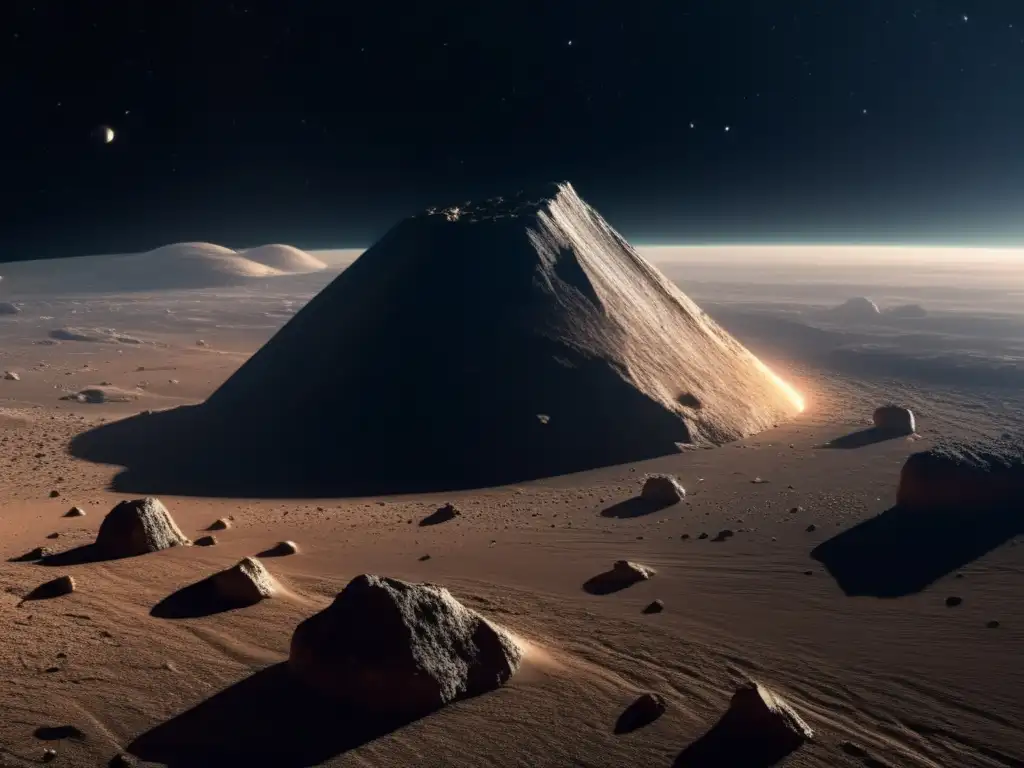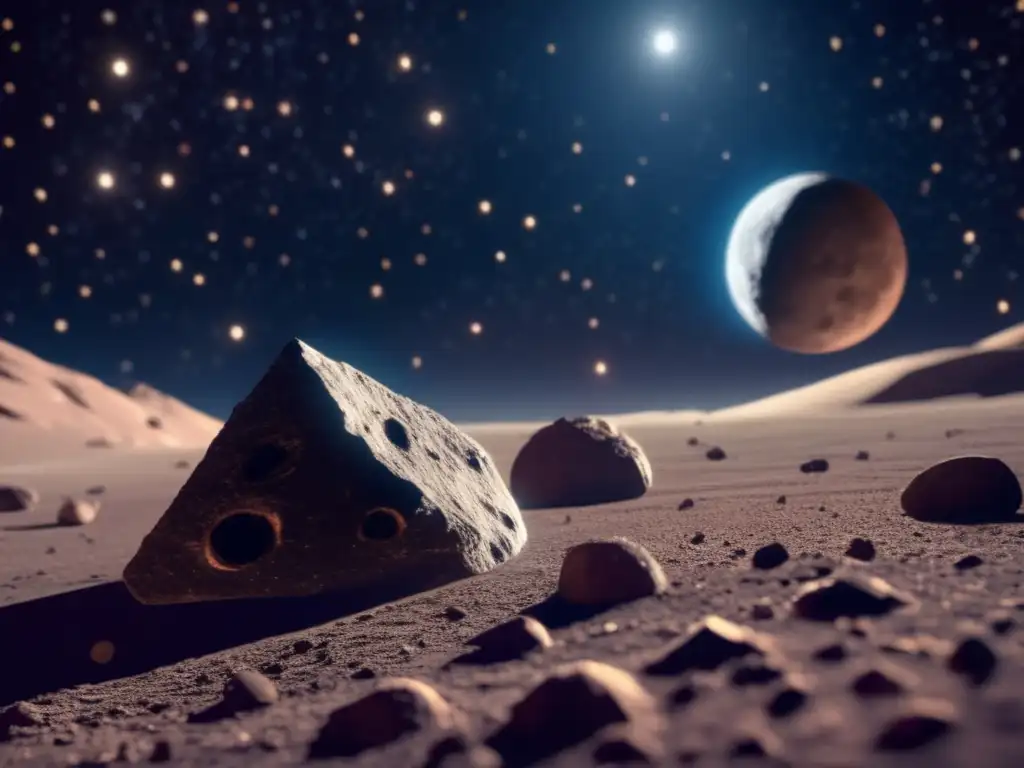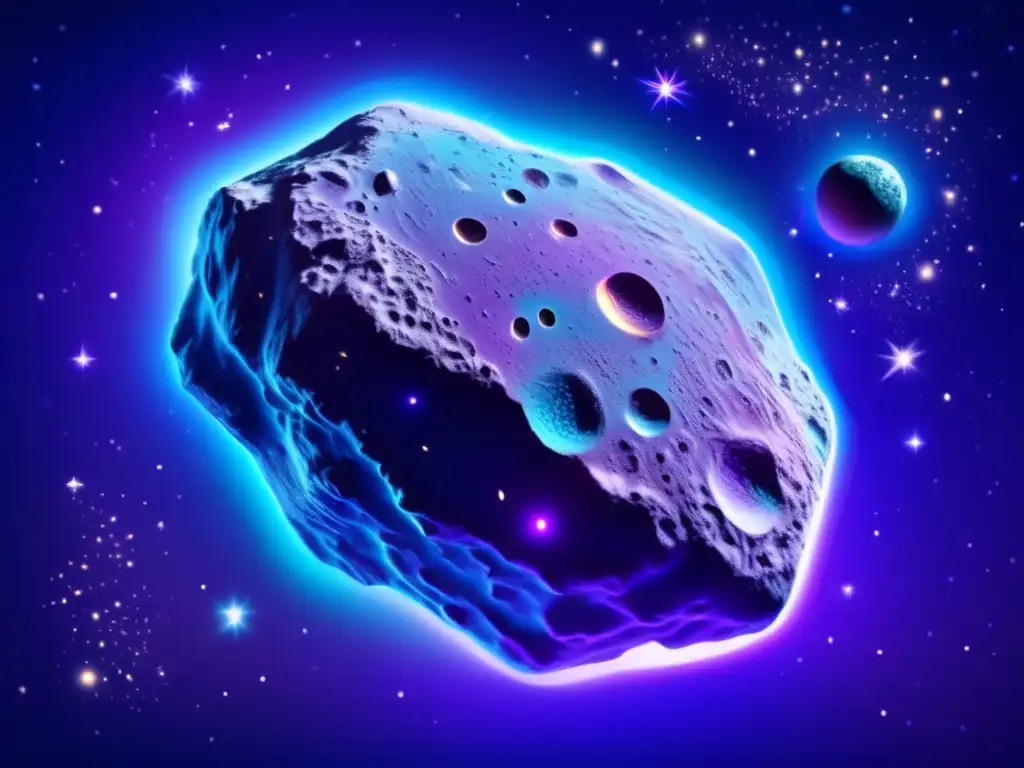Kalliope And Linus: An Asteroid And Its Moon

Introduction
Kalliope is a main-belt asteroid that was discovered by J. R. Hind on November 16, 1852. It is named after Calliope, the Greek muse of epic poetry. Kalliope is notable for having a relatively large moon, which was discovered in 2001 and named Linus. In this article, we will explore the characteristics and history of Kalliope and its moon, as well as their significance in the study of asteroids.
Overview of Kalliope

Discovery and Characteristics
Kalliope is approximately 166 kilometers in diameter and has a rotation period of about 5.3 hours. Its surface is heavily cratered and consists of silicate rocks mixed with metals such as iron and nickel. Kalliope is classified as an S-type asteroid, which means that it has a composition similar to stony meteorites. It orbits the Sun once every 4.35 years at a distance of about 387 million kilometers.
Exploration and Research
Kalliope has been visited by spacecraft only once, during the NEAR Shoemaker mission in 1997. The spacecraft flew by Kalliope at a distance of about 1200 kilometers and took several high-resolution images of its surface. These images revealed numerous impact craters, some of which are several kilometers in diameter.
Significance and Future Exploration
Kalliope is considered to be a primitive asteroid, which means that it has not undergone significant geological or thermal processing since its formation over 4 billion years ago. Its surface may therefore contain clues about the early solar system and the processes that led to the formation of the planets. Kalliope is not currently scheduled to be visited by any future missions, but it remains a target of interest for astronomers and planetary scientists.
Overview of Linus

Discovery and Characteristics
Linus is a small moon that orbits Kalliope at a distance of about 1100 kilometers. It was discovered on August 29, 2001, by astronomers using the Keck II telescope in Hawaii. Linus is approximately 28 kilometers in diameter and has a density similar to that of water ice. Its surface is likely covered in a layer of dust or regolith.
Origin and Evolution
The origin of Linus is still uncertain, but it is believed to have formed as a result of a collision between Kalliope and another asteroid. The debris from the collision would have coalesced into a moon that was subsequently captured by Kalliope's gravity. The age of Linus is estimated to be around 100 million years, which means that it is a relatively young object in the asteroid belt.
Significance and Future Exploration
Linus is one of only a handful of known moons that orbit asteroids in the main belt. Its discovery has provided valuable insights into the formation and evolution of these systems. However, Linus has not been studied in detail, and there are no current plans to send a spacecraft to explore it further.
FAQs

-
What is the significance of Kalliope and Linus in the study of asteroids?
Kalliope and Linus provide valuable insights into the early solar system and the processes that led to the formation of asteroids and their moons. Their composition, surface features, and orbital characteristics can help astronomers understand the evolution of the asteroid belt and the broader context of planetary formation.
-
How was Linus discovered?
Linus was discovered using the Keck II telescope in Hawaii. Astronomers were able to observe the moon indirectly by detecting changes in the light reflected by Kalliope as Linus passed in front of it.
-
What is the origin of Linus?
Linus is believed to have formed as a result of a collision between Kalliope and another asteroid. The debris from the collision would have coalesced into a moon that was subsequently captured by Kalliope's gravity.
-
Will there be further exploration of Kalliope and Linus?
There are currently no missions planned to explore Kalliope or Linus in detail. However, they remain objects of interest for astronomers and planetary scientists, and future missions may be proposed to study them further.
-
What can we learn from studying asteroids like Kalliope and their moons like Linus?
Studying asteroids and their moons can help us understand the early solar system and the processes that led to the formation of planets and other celestial bodies. By analyzing the composition, surface features, and orbital characteristics of these objects, we can gain insights into their history and evolution.
Conclusion
Kalliope and Linus are fascinating objects that have provided valuable insights into the early solar system and the processes that led to the formation of asteroids and their moons. Their composition, surface features, and orbital characteristics have helped astronomers understand the evolution of the asteroid belt and the broader context of planetary formation. While there are no current plans to explore Kalliope or Linus further, they remain important targets of study for future missions and scientific research.
Thank you for reading this article on www.asteroidrealm.com. We encourage you to share your thoughts and questions in the comments section, and to subscribe to our website for more articles on the exciting world of asteroids and space exploration.
Additional Resources

For more information on Kalliope and Linus, please visit the following links:
- NASA - Kalliope In-Depth
- NASA - Linus In-Depth
- JPL - Two Moons Found Orbiting Asteroid 617 Patroclus
 An Examination Of Borrelly: A Comet-Like Asteroid
An Examination Of Borrelly: A Comet-Like Asteroid The Unusual Spin Of Asteroid Kleopatra
The Unusual Spin Of Asteroid Kleopatra The Strange Story Of Asteroid McNaught
The Strange Story Of Asteroid McNaughtIf you want to discover more articles similar to Kalliope And Linus: An Asteroid And Its Moon, you can visit the Asteroid Profiles category.
Leave a Reply

Articulos relacionados: